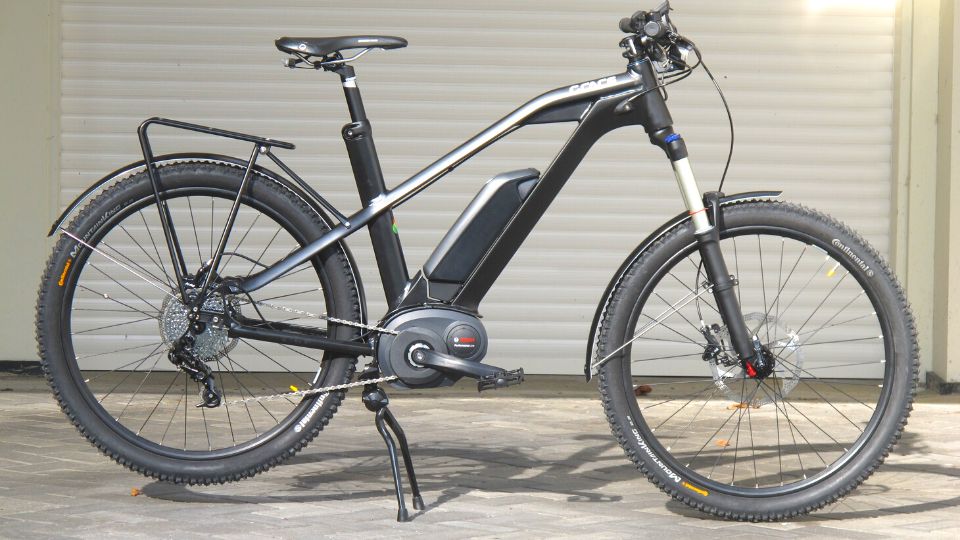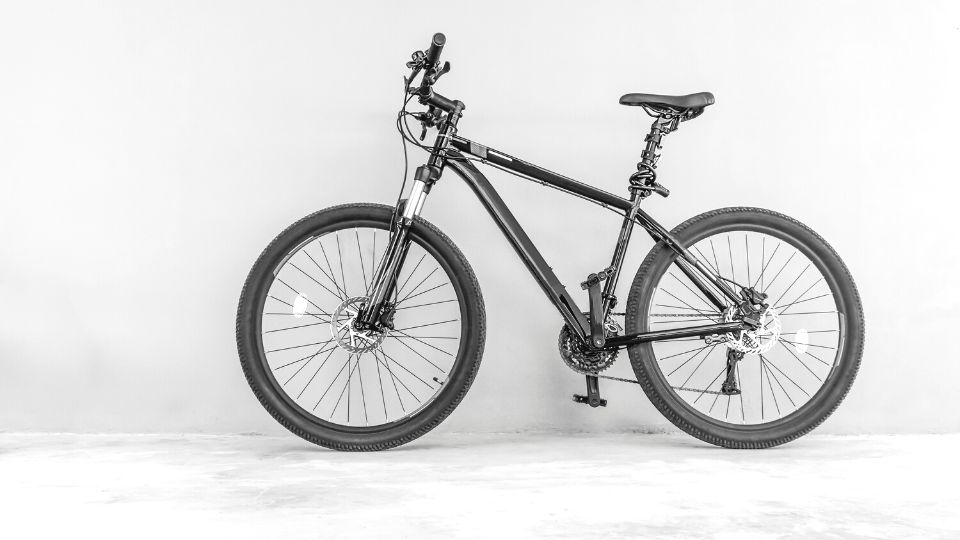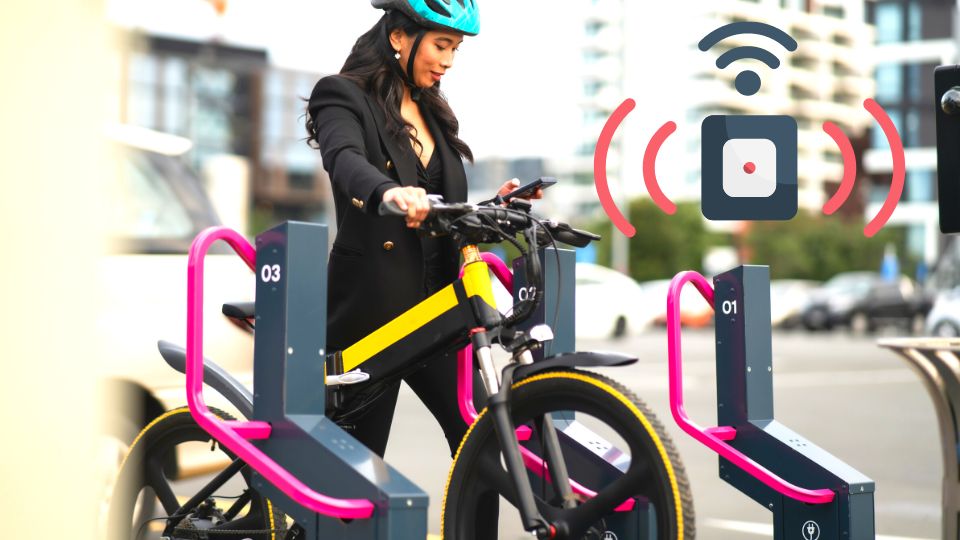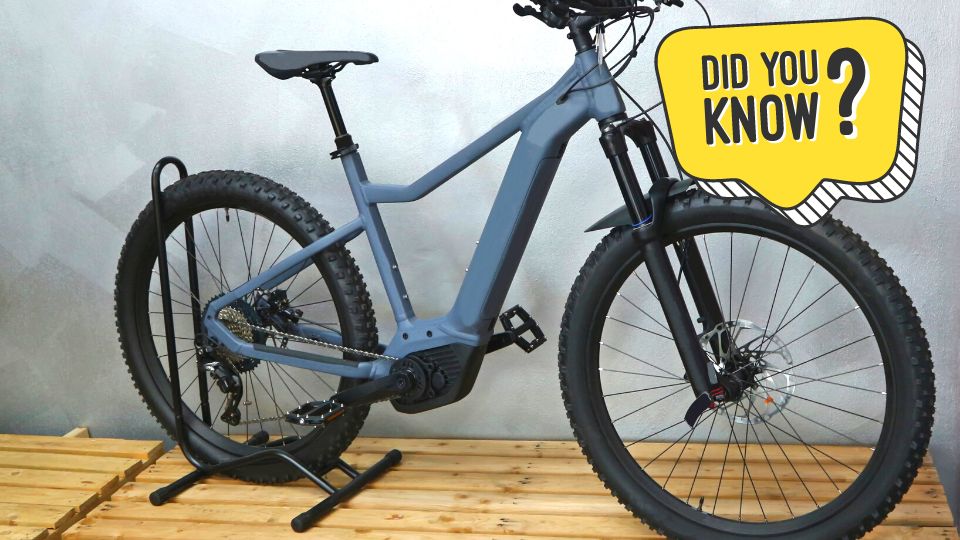Do you ever wonder if electric bikes have regenerative braking?
If you’re not familiar with the term, regenerative braking is a feature that allows some electric vehicles to recover energy when they slow down or stop, and use it to recharge their batteries. This way, they can extend their range and reduce their environmental impact.
In this article, we’ll explain how regenerative braking works, which types of ebikes have it, and what are the pros and cons of this technology. Let’s get started!
How does regenerative braking work?
Regenerative braking is based on the principle of converting kinetic energy into electrical energy. Kinetic energy is the energy of motion, and it’s what makes your ebike move forward. When you apply the brakes, you reduce your speed and lose some of that kinetic energy. Normally, this energy is wasted as heat and noise.
But with regenerative braking, some of that kinetic energy is captured by a generator or a motor that acts as a generator, and converted into electrical energy that can be stored in the battery. This way, you can reuse some of the energy that would otherwise be lost, and increase your battery life and range.
If you’re curious about eBike brakes in general, be sure to check out our comprehensive guide on electric bike hydraulic brakes that covers everything you need to know.
How does regenerative braking work on ebike?
Regenerative braking is a feature that some ebikes have that allows them to convert some of the kinetic energy of the bike into electrical energy and store it in the battery. This way, the battery life is extended and the braking power is increased.
Regenerative braking works by using an electric motor that can act as both a generator and a brake. When the rider applies the brakes, the motor switches from propelling the bike to generating electricity. The electricity is then fed back to the battery or a capacitor for later use. The motor also creates resistance that slows down the bike.
Regenerative braking is more effective at higher speeds and on downhill slopes, where more kinetic energy can be recovered. However, regenerative braking alone is not enough to stop the bike safely, so ebikes with this feature also have conventional brakes that work in tandem with the motor.
To understand whether eBikes have regenerative braking, you should to know the difference between hydraulic and mechanical electric bike brakes. Check out our article that explores this topic in depth.
Which types of ebikes have regenerative braking?
Not all ebikes have regenerative braking. In fact, most ebikes don’t have it. Regenerative braking is more common in electric cars and motorcycles than in ebikes.
The reason ebikes don’t have regenerative braking is that it requires a specific type of motor and controller that can switch between driving and generating modes. Most ebike motors are either hub motors or mid-drive motors.
Hub motors are mounted on the wheel hub, and they drive the wheel directly. Mid-drive motors are mounted on the bottom bracket, and they drive the chain or belt that connects to the rear wheel.
Hub motors can have regenerative braking, but only if they are direct drive hub motors. These are hub motors that don’t have any gears or clutches inside them, and they can spin freely when not powered. This allows them to act as generators when the brakes are applied.
Mid-drive motors cannot have regenerative braking, because they are connected to the drivetrain. When you brake, you also stop the chain or belt from moving, which means you can’t generate any electricity from the motor.
And if you’re considering upgrading to hydraulic brakes to take advantage of regenerative braking, don’t miss our step-by-step guide on how to fit hydraulic bike brakes.
Pros and Cons of regenerative braking?
Regenerative braking sounds like a great idea, but it’s not a perfect solution. There are some advantages and disadvantages to having it on your ebike.
Pros of regenerative braking
- It can extend your battery life and range by up to 10% or more, depending on how often you brake and how much energy you recover.
- It can reduce your brake wear and maintenance costs, since you use less mechanical braking force.
- It can improve your safety and stability, since it provides smoother and more consistent braking power.
Cons of regenerative braking
- It can increase the weight and complexity of your ebike, since you need a heavier motor and a more sophisticated controller.
- It can reduce your pedaling efficiency and comfort, since it creates some drag and resistance when you coast or pedal without power.
- It can be less effective at low speeds or on flat terrain, since there is less kinetic energy to recover.
Conclusion
Regenerative braking is a feature that allows some ebikes to recover energy when they brake, and use it to recharge their batteries. It can extend your range, reduce your brake wear, and improve your safety. However, it also adds weight, complexity, drag, and cost to your ebike.
Regenerative braking is not very common on ebikes, and it’s only possible with direct drive hub motors. Most ebikes don’t have it, and most riders don’t need it. But if you’re looking for a way to squeeze more juice out of your battery, or if you ride a lot in hilly areas or stop-and-go traffic, regenerative braking might be worth considering.






